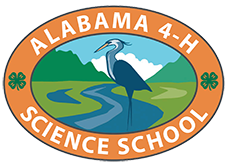
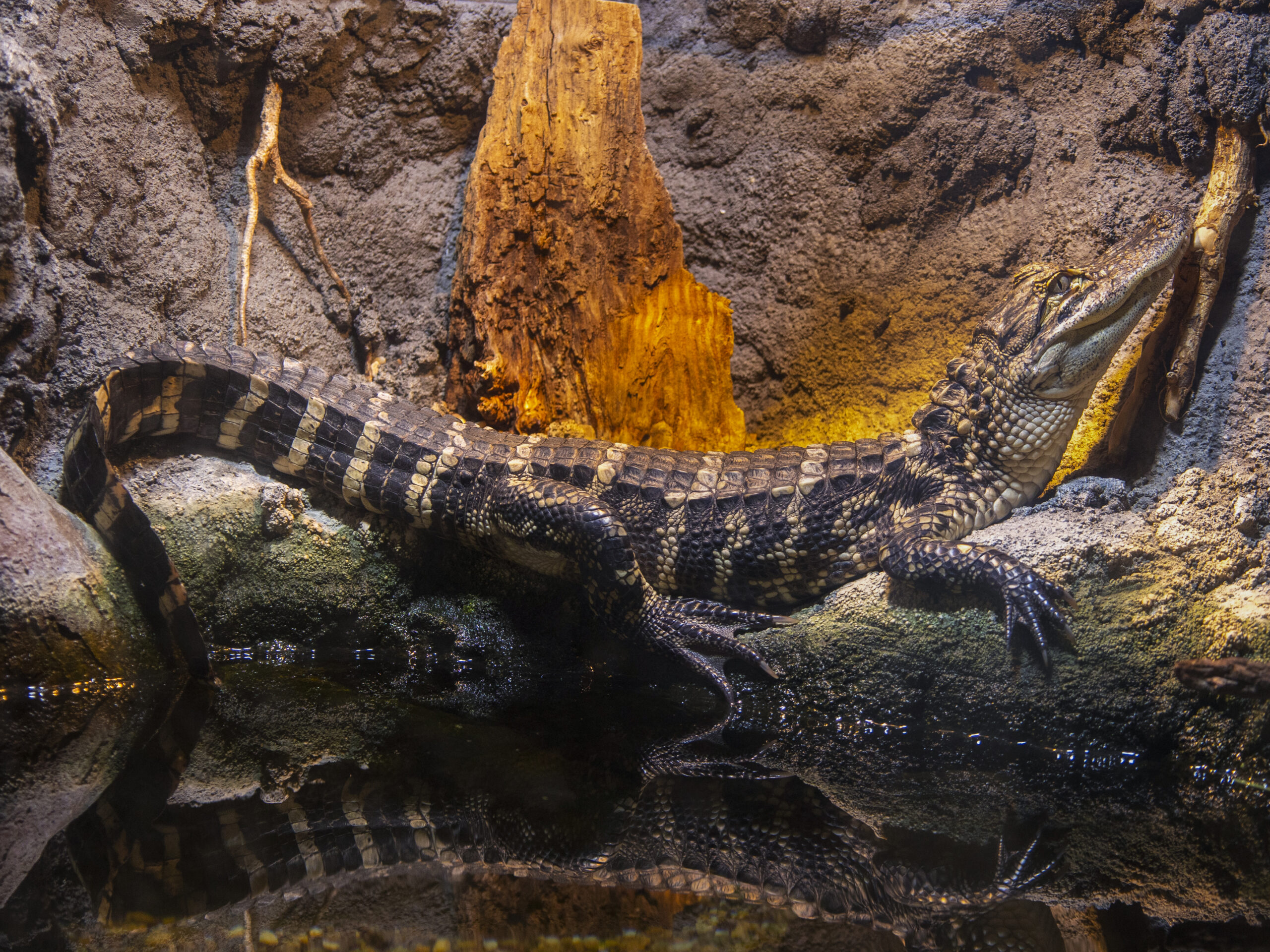
Alligators
Alligators are one of the United States’ largest reptiles, reaching lengths of more than 11 feet and weighing more than 1,000 pounds. The sex of the young is determined by the temperature of the air surrounding the nest, with higher temperatures yielding males and lower temperatures yielding females. The 4-H Center has two young alligators.

Lizards
Lizards are adaptable animals that are found on every continent except Antarctica. There is a wide variation among lizards, with some species being legless and strongly resembling snakes. When threatened, lizards can detach their tails to escape. The 4-H Center currently houses four types of lizards and geckos, all different species.
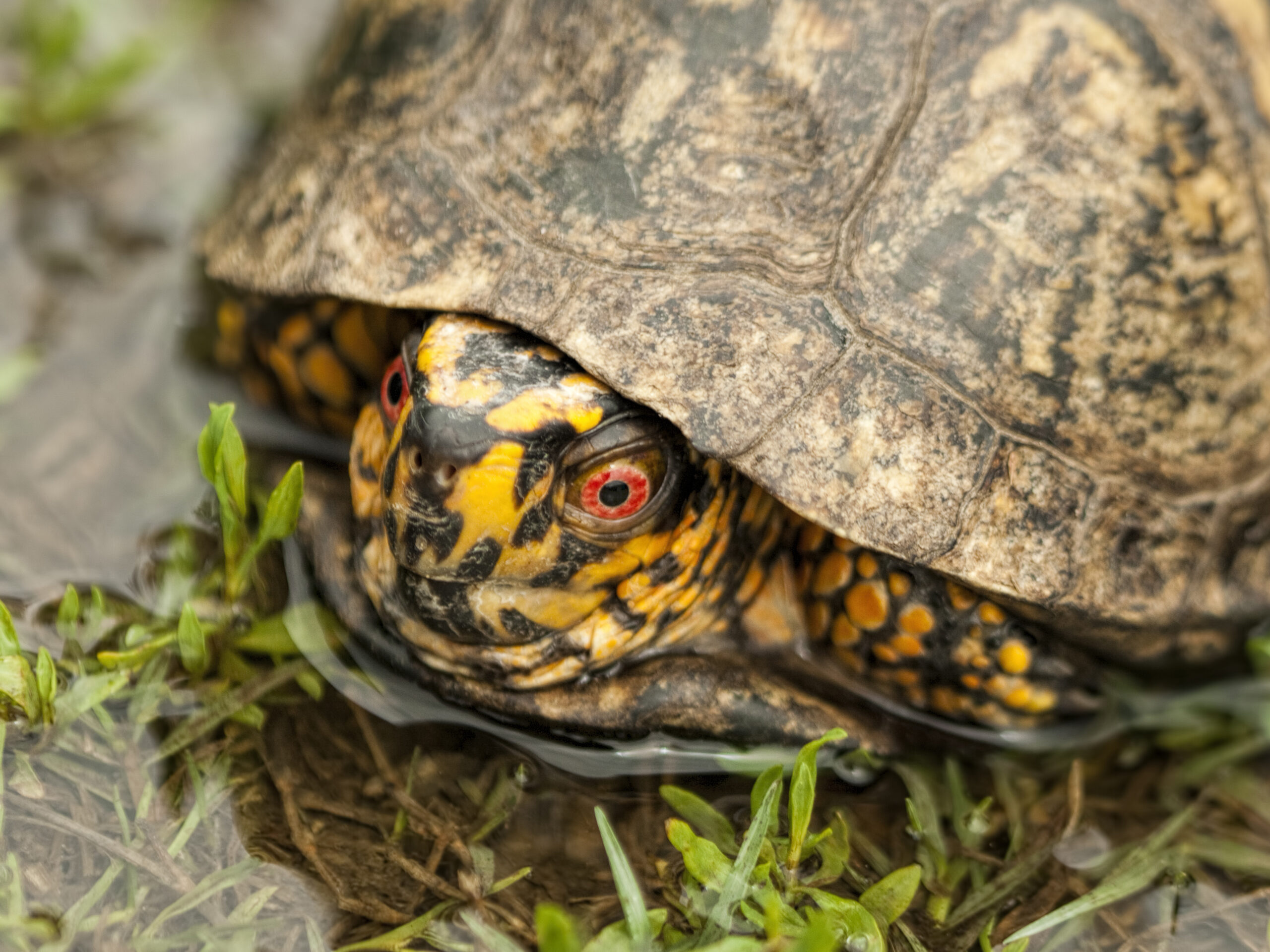
Box Turtles
Box turtles are common throughout the state of Alabama. Males are easily distinguished from females by their brightly colored shells and deep red eyes. Though they enjoy wading in shallow water, box turtles are unable to swim. Five box turtles live at the 4-H Center.

Aquatic Turtles
Aquatic turtles live in ponds and rivers throughout Alabama. Their characteristically flattened and elongated shells, webbed feet, and long tails help them quickly glide through the water. The 4-H Center maintains seven aquatic turtles of several different species, all native to Alabama.
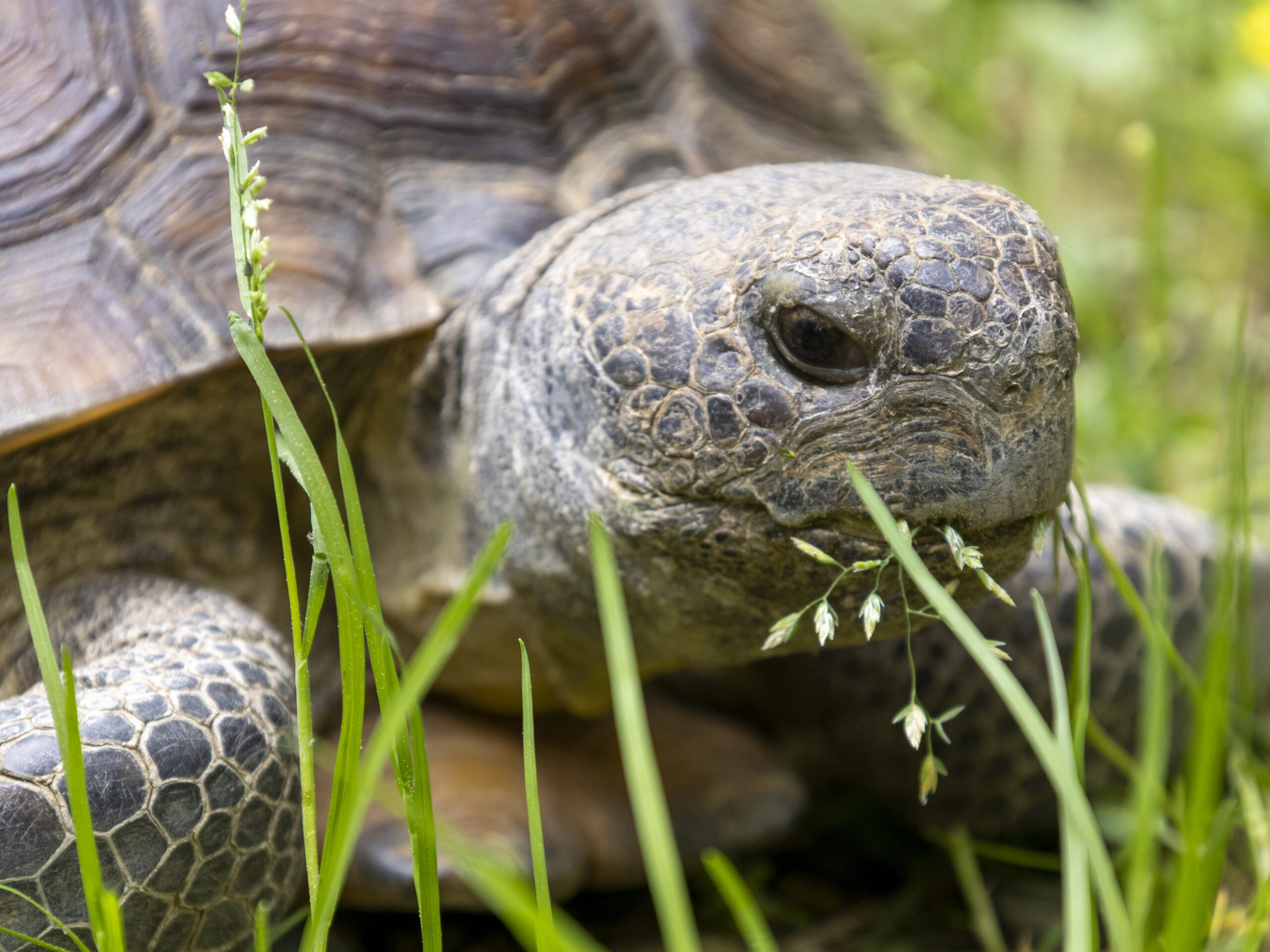
Gopher Tortoises
Gopher tortoises are aptly named for their ability to dig large burrows. They are found in the sandy Coastal Plain of Alabama, where they can live up to 100 years. They are considered a threatened species under the Endangered Species Act. The 4-H Center is fortunate to house two gopher tortoises.

Snakes
More than 40 species of snakes are found throughout the state of Alabama. However, only six of these species are venomous. Snakes provide many valuable services such as rodent population control and prevention of rodent damage to crops. The 4-H Center maintains nine snakes (none are venomous) from Alabama and beyond.
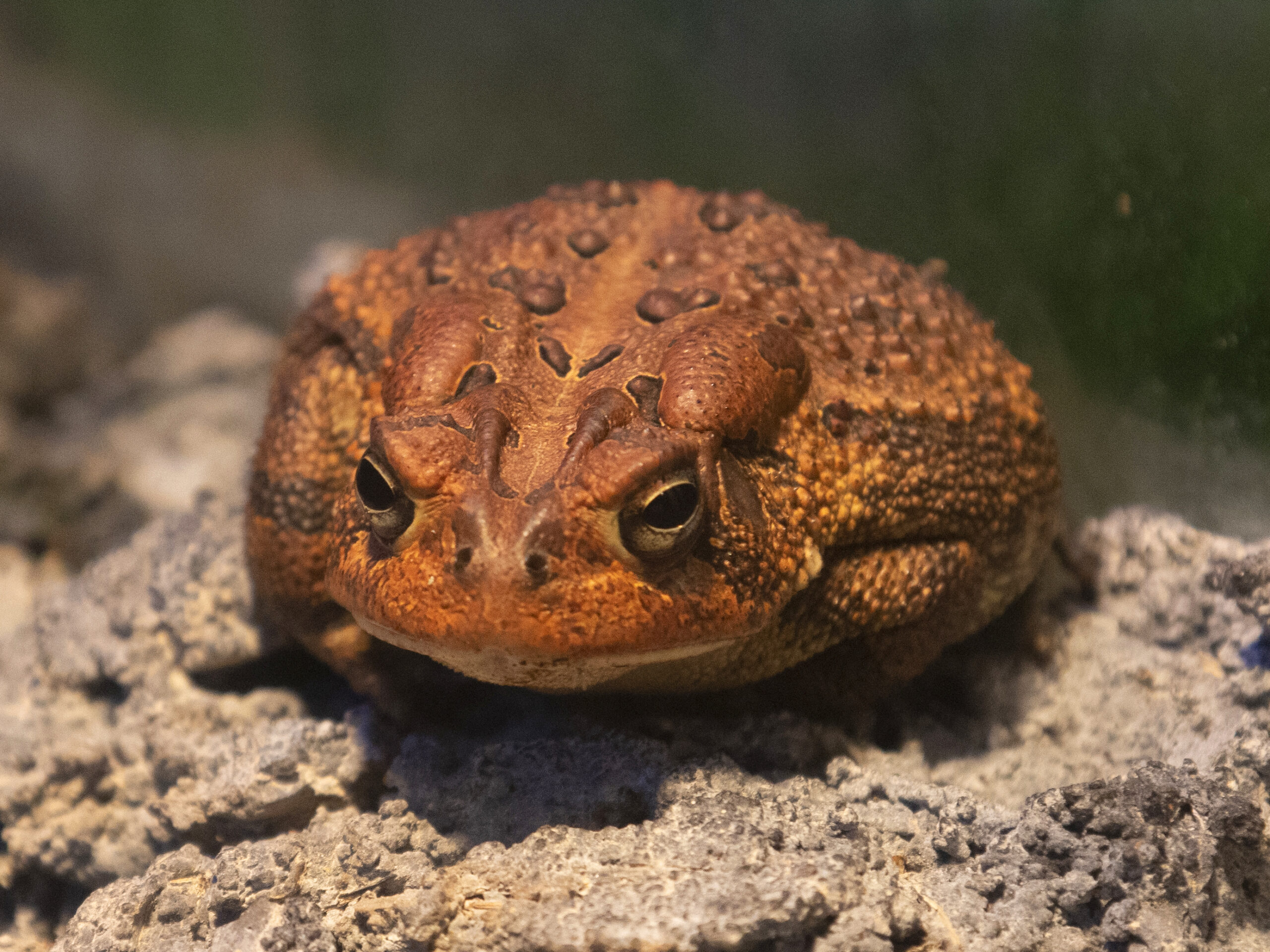
Toads
Toads are common amphibians found throughout the world. They are relatively slow-moving with dry, bumpy skin. Some toads excrete toxins through their skin. These toxins taste bad to predators and are an effective defense mechanism. The 4-H Center has four toads.
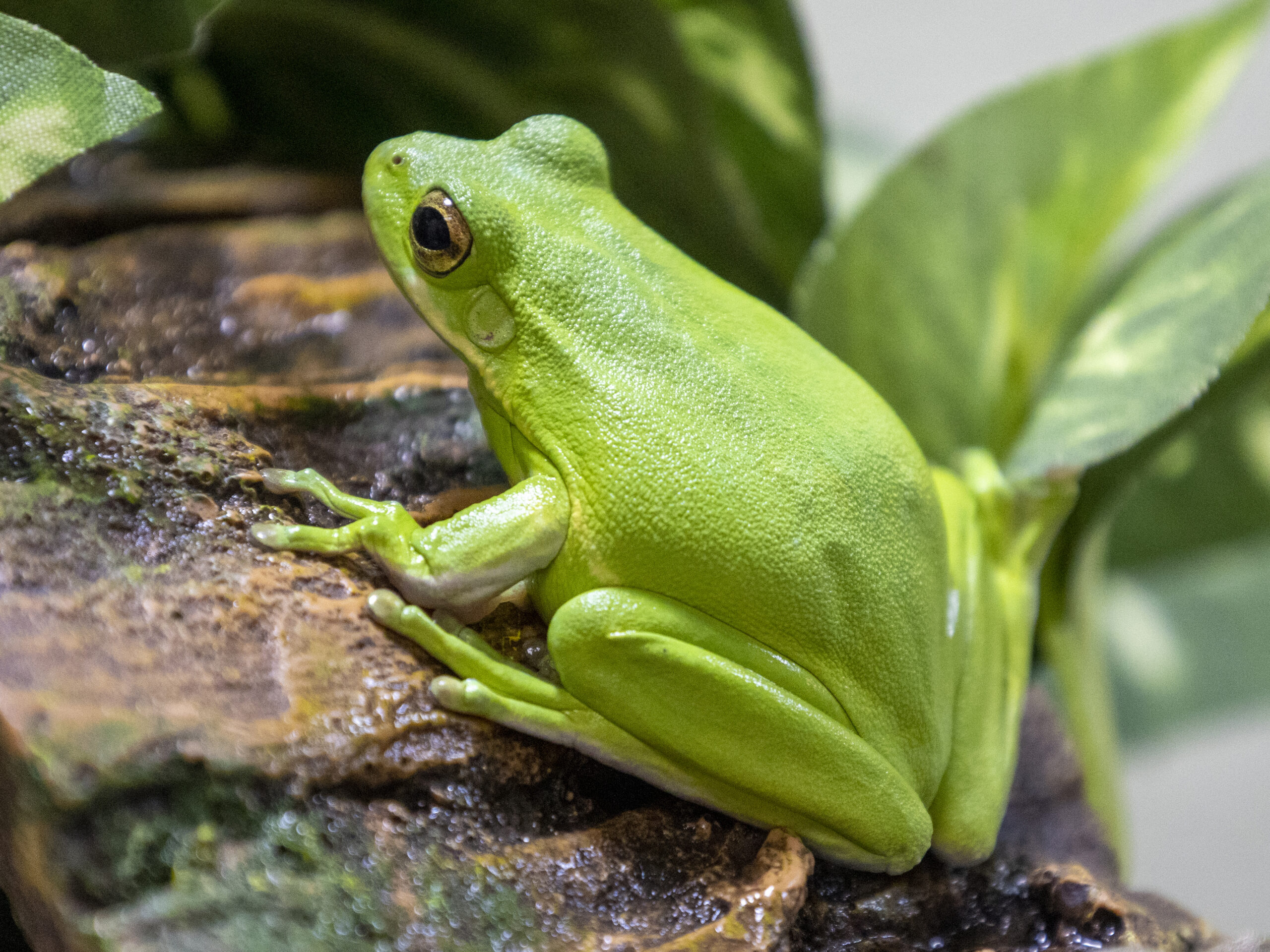
Frogs
Frogs are amphibians found throughout the world, with 88 species in the United States. Frogs begin life as tadpoles and then undergo metamorphosis to become adult frogs. Most species of frogs can slightly adjust their skin color to camouflage with their surroundings. Several species of frogs currently reside at the 4-H Center.
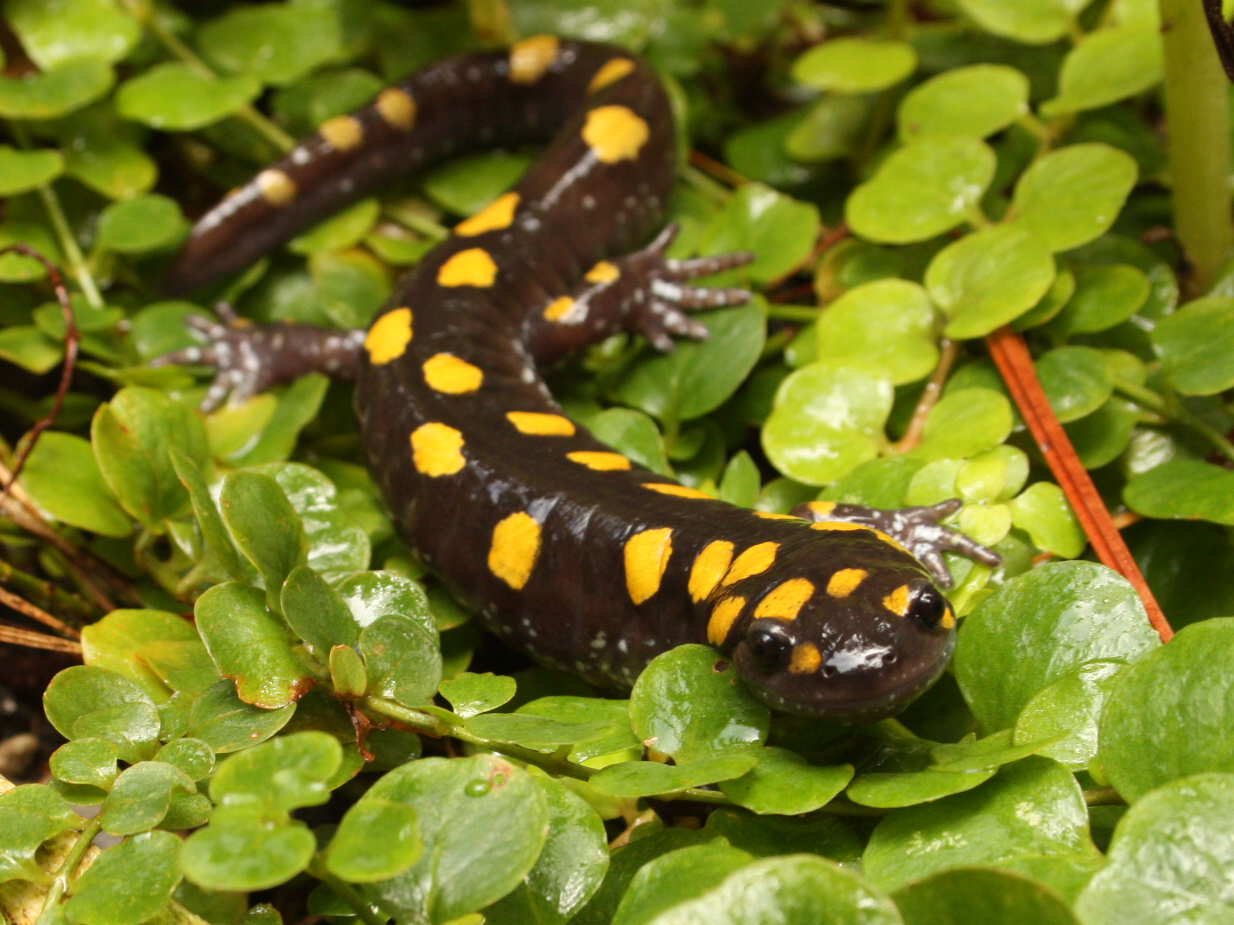
Salamanders
Salamanders are amphibians commonly mistaken for lizards. All species of salamanders are either aquatic or semiaquatic and use water to hunt and lay their eggs. The salamander’s ability to detach and then regenerate body parts aids in escaping predators. Salamanders are known for their slimy feel because they secrete mucus to regulate their internal water levels on dry land.

